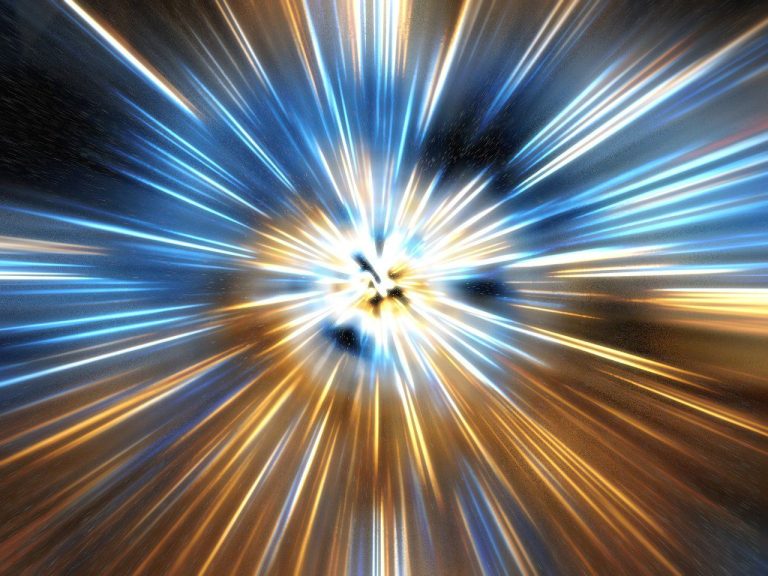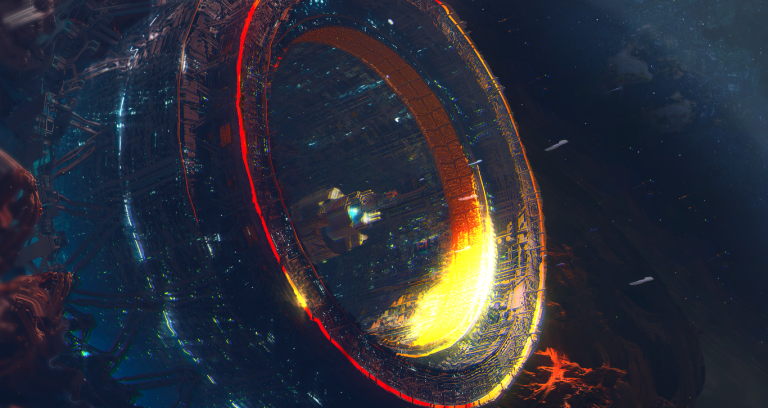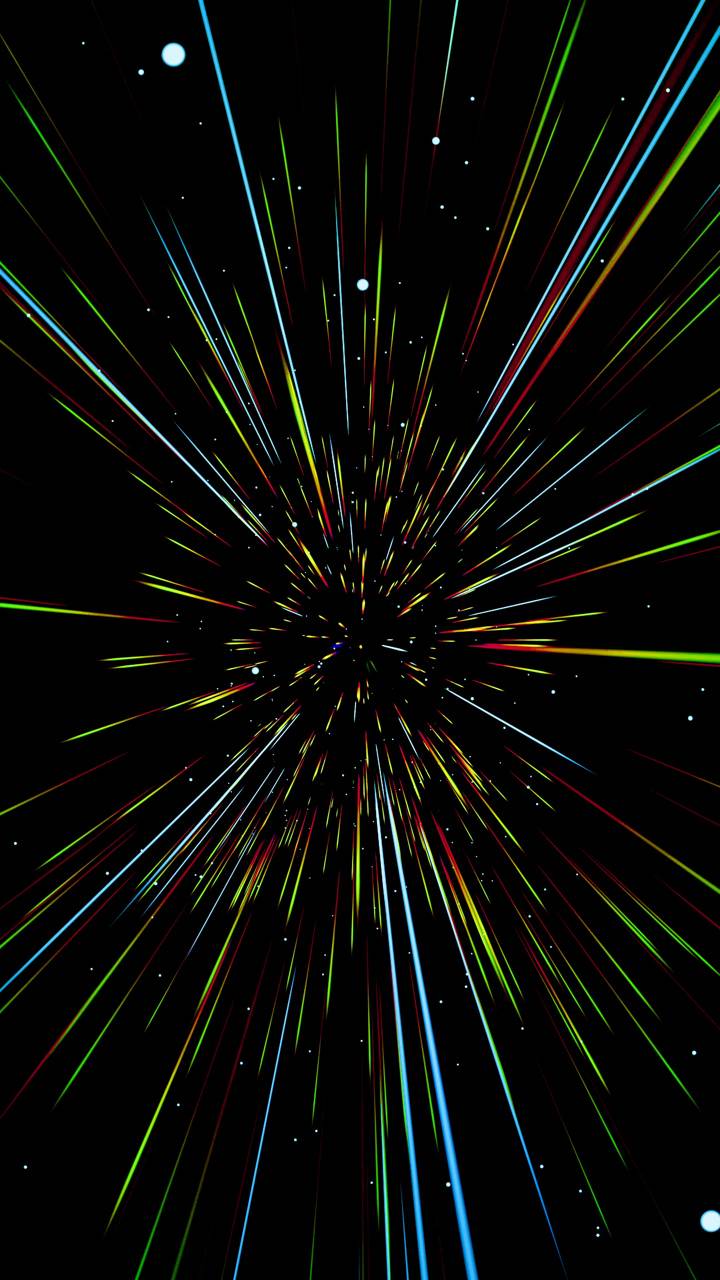Warp Drive Controversy: Understanding Why Physicists Remain Divided
The debate over warp drives is not just about futuristic space travel but an exploration into the very fabric of our universe. Physicists remain divided as they tackle complex calculations and energy constraints that challenge our understanding of quantum physics and general relativity.
Summary
-
Warp drive concept origin: Inspired by Miguel Alcubierre’s proposal in 1994
-
Theoretical challenges: Conflicting calculations about quantum fields and negative energy
-
Energy constraints: Requirements for negative energy far exceed known universal limits
-
Bubble stability issues: Negative matter escaping from the warp bubble upon motion
-
Alternative models: Proposals to reshape the bubble to reduce energy demands
-
Experimental hurdles: Practical difficulties in achieving and sustaining the necessary conditions
-
Implications for physics: Unlocking deeper insights into quantum gravity and the nature of space-time
-
Research updates: Ongoing studies and debates among the scientific community
-
Future prospects: Possibilities that even an impractical warp drive model could reveal new physics
-
Public interest: The topic fuels both scientific research and popular culture discussions
Introduction
The idea of traveling faster than light has captured the public’s imagination for decades. The warp drive concept, originally introduced by Miguel Alcubierre in 1994, suggests that space-time could be manipulated to allow a spacecraft to travel vast distances almost instantly. However, the practical realization of this idea has proven extremely challenging. Despite numerous theoretical studies and speculative proposals, scientists have not reached a consensus on whether a warp drive could ever be built.
The topic of warp drives sits at the crossroads of theoretical physics and practical engineering. It pushes our understanding of the universe to its limits, combining aspects of quantum physics, astrophysics, and general relativity. Researchers continue to debate whether the conditions required for a warp drive—especially the need for enormous amounts of negative energy—can ever be met.
Historical Background and Theoretical Concepts
In 1994, Miguel Alcubierre proposed a solution to Einstein’s field equations that would, in theory, allow a spacecraft to travel faster than the speed of light by contracting space in front of it and expanding space behind it. This idea, known as the Alcubierre drive, relies heavily on exotic matter and negative energy. Early calculations hinted at a universe of possibilities, but they also exposed the many uncertainties in our understanding of quantum fields and space-time.
The controversy deepens as different sets of calculations lead to contrasting conclusions. Some studies suggest that quantum fields at the edge of the warp bubble would blow up to infinity as soon as the drive is activated, a result that seems to render the concept unworkable. Other calculations, however, argue that this issue may only arise under certain conditions and that a gradual ramp-up of the warp engine could potentially avoid catastrophic failures.
The Calculations and the Negative Energy Problem
A central challenge for the warp drive concept is the enormous amount of negative energy required to create and sustain the warp bubble. The idea of negative energy is not new in theoretical physics, but its practical application remains elusive. One calculation indicates that for a macroscopic bubble, say a hundred meters across, the negative energy needed would exceed the total positive energy contained in the entire universe by a factor of ten. In simple terms, this would require ten universes’ worth of negative energy to power a single warp drive.
Below is a table summarizing some of the theoretical energy requirements for various bubble sizes:
| Bubble Diameter (meters) | Negative Energy Required | Energy Equivalence |
|---|---|---|
| 10 | Low | Negligible compared to a star |
| 100 | Extremely High | 10x the energy of the universe |
| 1000 | Astronomical | Far beyond known energy scales |
These numbers are more than just academic—they highlight why the concept of a warp drive remains a subject of heated debate among physicists. While some believe that there might be ways to minimize the energy requirements, such as reshaping the warp bubble into a configuration with a narrow neck, the challenges are immense.
Theoretical Reflection
At this point in the debate, it is useful to reflect on the profound nature of this scientific inquiry. “The journey to understand the cosmos begins with questioning our reality,” a sentiment shared by many researchers in the field. This quote encapsulates the spirit of inquiry that drives physicists to explore even the most speculative ideas. The controversy is not merely academic; it is a quest to understand the fundamental principles that govern our universe.

Experimental Challenges and Alternative Proposals
Even if scientists could theoretically overcome the negative energy problem, there remain practical hurdles. One major issue is the stability of the warp bubble itself. Once the spaceship starts moving, calculations suggest that the exotic matter used to generate the bubble could begin to leak out, leading to a collapse of the bubble structure. In this scenario, the spaceship might continue on its trajectory, but without the protective bubble, it would be exposed to unknown and potentially catastrophic phenomena.
Researchers have proposed several modifications to the original concept to address these challenges. One alternative model involves reshaping the warp bubble so that only a small region is actively compressing space while the rest of the bubble maintains a stable envelope. This approach aims to reduce the energy requirements significantly—from a requirement equivalent to ten universes down to an energy level comparable to that of a star. However, even this model introduces new questions about how such energy could be confined to an extremely small region, potentially approaching the density of an atomic nucleus.
The table below outlines some of the key challenges and proposed solutions:
| Aspect | Challenge | Proposed Solution |
|---|---|---|
| Negative Energy | Requires energy equivalent to multiple universes | Reshape the bubble to minimize energy usage |
| Bubble Stability | Exotic matter may leak upon motion | Gradual acceleration and refined bubble design |
| Quantum Field Behavior | Unstable quantum fields could cause runaway energy behavior | Limit the intensity of quantum fluctuations |
| Practical Implementation | Engineering limitations and unknown physical laws | Continuous theoretical and experimental research |
Future Prospects and Implications for Physics
The debate over warp drives is far from settled. While current theories and calculations present formidable challenges, ongoing research continues to refine our understanding of the underlying physics. For instance, the study of warp drive concepts pushes the boundaries of quantum gravity and may eventually yield insights that extend well beyond the possibility of faster-than-light travel.
Advances in related fields such as quantum field theory and astrophysics are likely to impact the warp drive debate in unexpected ways. Researchers around the globe remain engaged in experiments and simulations, hoping that future breakthroughs could offer a clearer path forward. Even if a practical warp drive remains a distant dream, the scientific journey itself has already enriched our understanding of the cosmos.
For those interested in a more dynamic explanation of the science behind warp drives, the YouTube video offers a visual perspective on some of these complex ideas. Additionally, the ASU warp drive research page provides further insights into current studies and challenges.
Facts
-
Some theoretical models suggest that even a small warp bubble might one day revolutionize space travel.
-
Negative energy is a real concept in quantum physics but has never been harnessed in the way needed for warp drives.
-
The idea of warping space has inspired many science fiction works, fueling public interest and imagination.
-
Despite its challenges, the quest for a warp drive has led to important discussions about the limits of modern physics.
The warp drive controversy remains a fascinating subject that sits at the intersection of science, philosophy, and imagination. While many hurdles exist—most notably the extreme energy requirements and the stability of the warp bubble—the debate continues to inspire both theoretical research and public curiosity. Whether or not a warp drive ever becomes a practical reality, the journey toward understanding it promises to expand our knowledge of the universe and push the boundaries of what is possible.
Scientists remain divided over the calculations and the viability of warp drives, but this very division is a hallmark of scientific progress. Each new theory and experiment brings us closer to understanding the deep mysteries of space and time. The discussion not only highlights our current limitations but also our persistent drive to explore and question the fundamental laws of nature.



